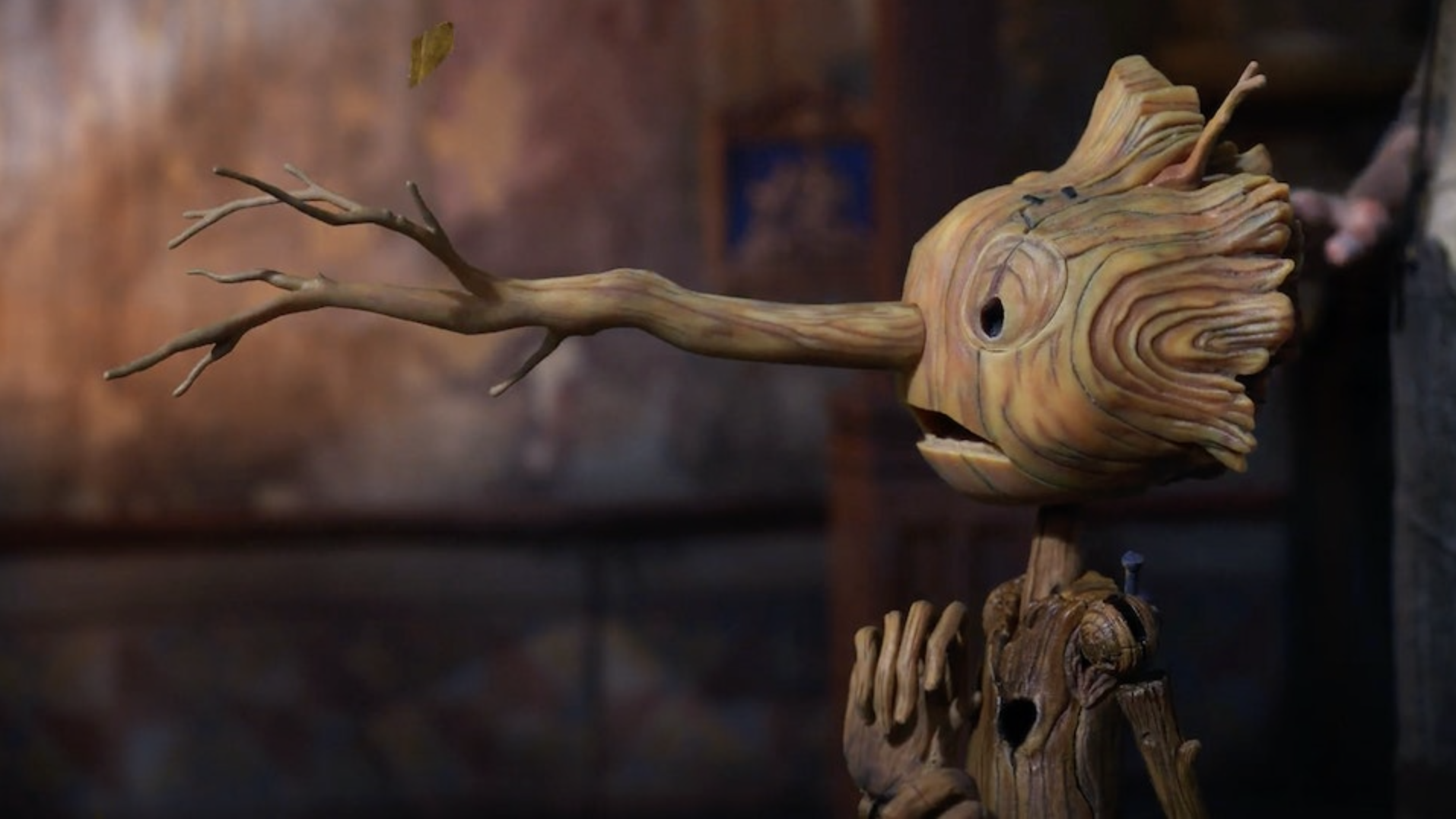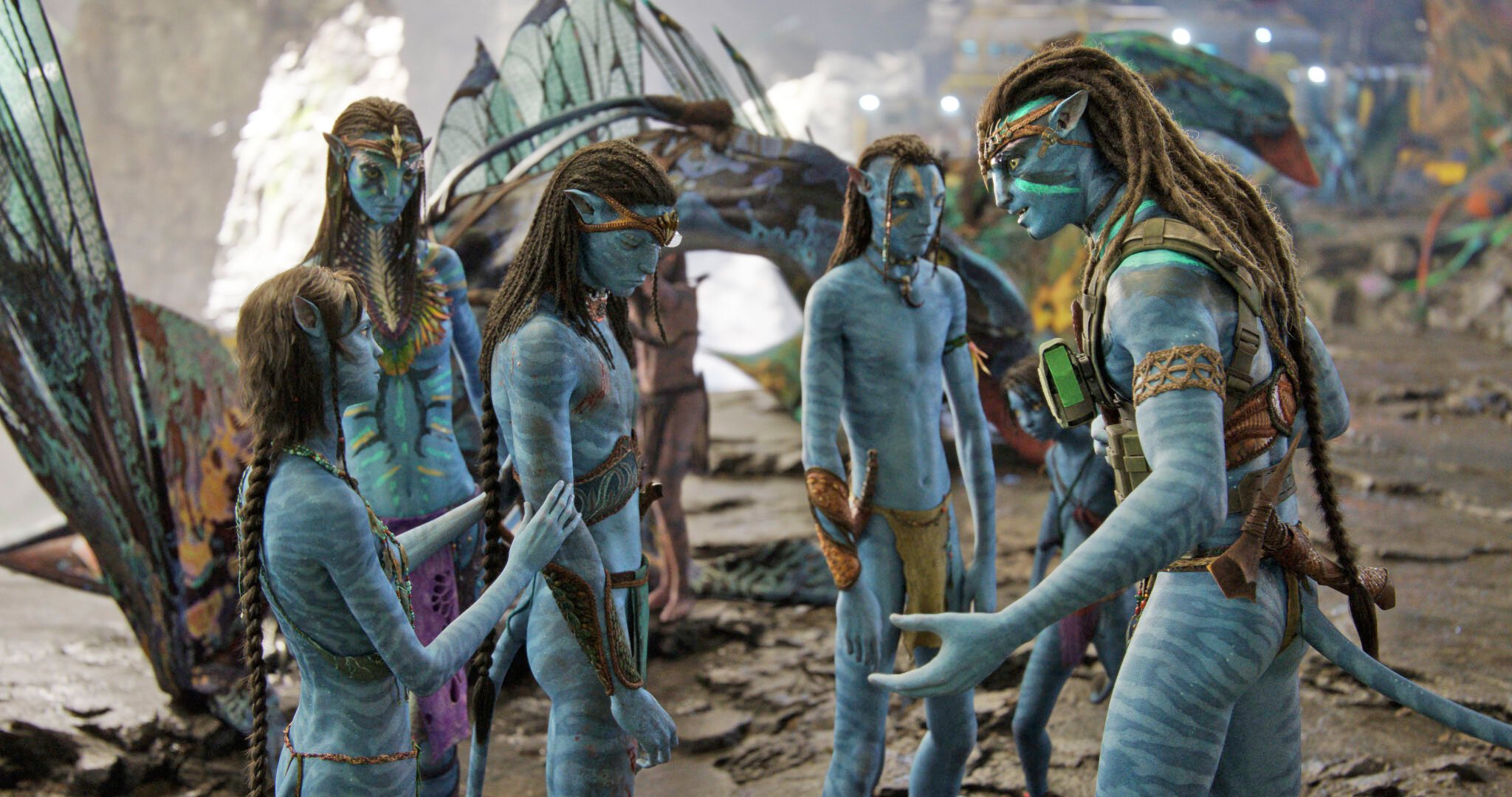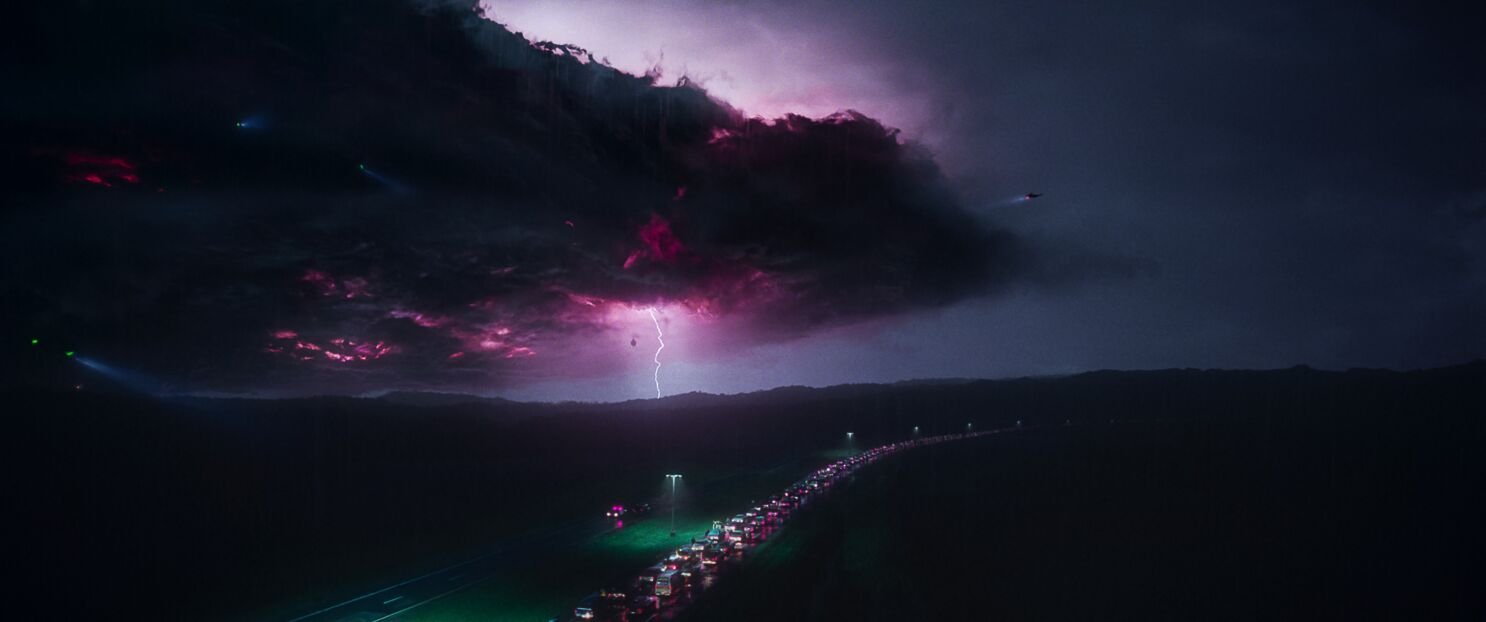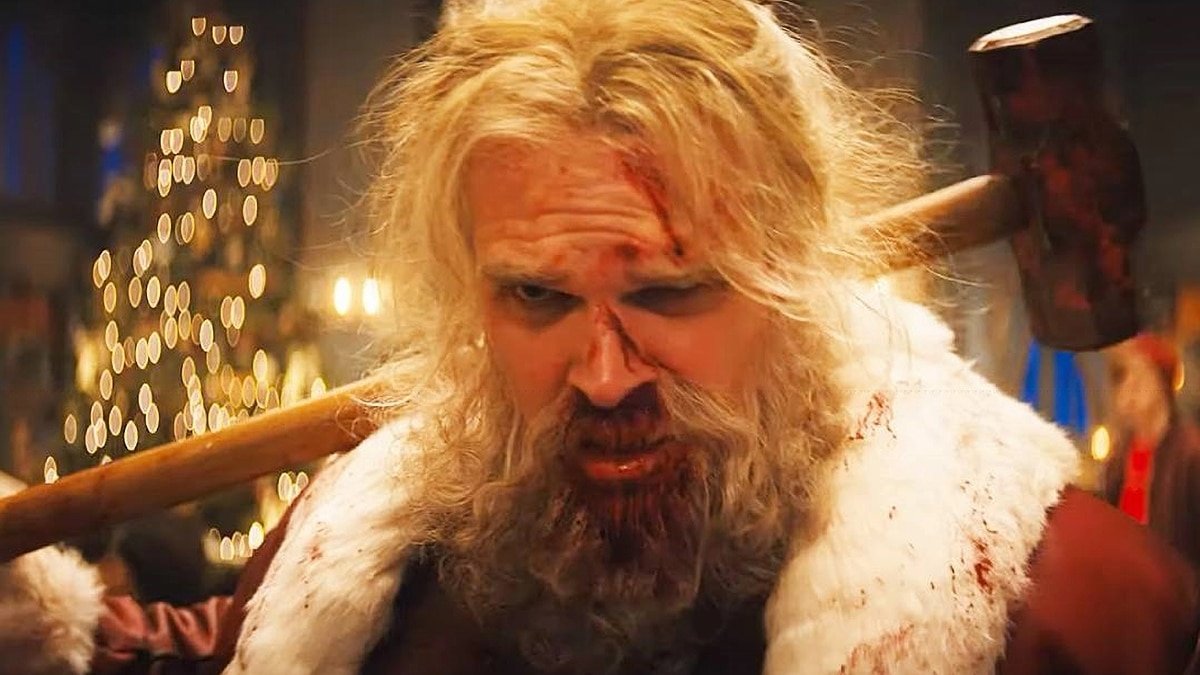THE WHALE
Directing: B
Acting: A-
Writing: C+
Cinematography: B
Editing: B+
Darren Aronofsky would have us believe that the literary reference to Moby Dick is why this movie is called The Whale. Brendan Fraser’s character, Charlie, teaches an online writing course, you see. It’s about the literal animal! As a metaphor! I mean . . . come on. This is a movie about a depressed, miserable, morbidly obese man. What are viewers really supposed to think about this supposed “whale”metaphor?
It’s easy to have deeply mixed feelings about The Whale, which, at the very least, is a vast improvement over Aronofsky’s last offering, Mother!, which I hated so much it infuriated me. This is a director whose films I will always see just because his name is attached, even after he finally produced a piece of garbage. The thing is, with The Whale, it’s a little less clear whether or not it’s garbage.
Here are some good things I can say about it. Brendan Fraser’s performance is incredible, making ample use of his vivid blue eyes and deeply expressive eyebrows, even within the confines of a large fat suit. One could make the case that this is the best performance of his career. I find myself wishing it were for a different role, in a different movie, in which he returns to a lead role in a feature film in over a decade.
The dialogue is impeccably written, by Samuel D. Hunter based on his own 2012 play of the same name—which, incidentally, also got criticized for “fat shaming.” The dialogue is so compelling, however, that it’s easy to assume you’re watching a really good movie and miss its many problematic elements. I may have been moved to tears by this film, and particularly by Fraser’s performance, but that doesn’t mean it’s a great film.
The supporting cast is also excellent, including Sadie Sink as Ellie, Charlie’s estranged and troubled teenage daughter; and Hong Chau as Liz, Charlie’s longtime at-home nurse. There is also Samantha Morton as Mary, Charlie’s ex-wife and mother of Ellie, although Morton is comparatively underused in a part that does not fully utilize her talents (if you want to see a far better performance by her in a similarly small role, watch She Said). Rounding out the primary cast of only five characters is Ty Simpkins as Thomas, a young evangelist who keeps coming around in an attempt to save Charlie’s soul.
As stage-to-screen adaptations go, The Whale is unusually well done, the entire film set only in, and occasionally just outside of, Charlie’s second-floor apartment. It’s the source material that is the potential problem, so convinced as it is that it’s “humanizing” a morbidly obese character, before revealing in its home stretch that the movie was ostensibly about Charlie’s homosexuality all along. But what are audiences going to remember? What are people actually discussing in regards to this movie? They’re talking about a character who is depicted as a giant, disgusting, fat man who is filled with so much self-loathing he’s attempting to eat himself to death.
Never mind the fact that this is not just a movie about a gay man, or just a movie about a fat man, but a movie about a fat gay man—played by an actor who is neither fat (his weight gain over the years notwithstanding) nor gay. After years of discourse about allowing queer people to play themselves onscreen, and increasing amounts of discourse about diversifying fat representation onscreen so it’s not always tragic stories of self-hating overeaters, the casting of Fraser, great as he admittedly is, feels both naive and a huge misstep.
Much has been made by the producers of work with the Obesity Action Coalition regarding sensitive representation onscreen. It seems relevant to note that OAC exists to support people seeking bariatric surgery—which I won’t deny that some people want and need, and should be validated in that. What OAC is not, however, is an organization dedicated to diversifying the representation of fat people onscreen, which is a crucial difference.
The Whale seems like a perfectly good movie on its own terms, something that might more easily escape criticism if it existed in a vacuum, or in a world where we regularly see people of all sizes leading perfectly fulfilling and happy lives, dealing with conflicts that have nothing whatsoever to do with their fatness. Unfortunately, that sort of screen depiction, while not nonexistent, remains very rare. Which leaves this Brendan Fraser performance, moving and nuanced as it is, just another in a long line of fat, miserable slobs in movies.
At least What’s Eating Gilbert Grape cast actual-fat-person Darlene Cates nearly thirty years ago, back in 1993. Arguments have been put forth that casting an actor who was actually as fat as Charlie would have been too difficult for the actor in this particular part. I’ve seen the film and that argument is bullshit. Sure, Fraser, even in need of a comeback, is far more famous than any obese actor, and there’s always the issue of big names bringing in financing. Aronofsky himself is a big name. Their hands weren’t exactly tied here.
Not that it necessarily would have made a difference, considering the source material itself. The opening shot of this film is of Charlie masturbating to gay porn, and painfully straining himself in the process. It’s telegraphed from the very start that this is a man to be pitied.
There are more subtle, aesthetic choices I found annoying—such as the way Charlie wears his clothes, with shirts never quite long enough to fall past his drooping belly. I’m not fat myself, but I know many fat people, I know what fat bodies look like and how fat people wear clothes. Sure, some do keep their belly outside of their pants rather than pulling their pants around them, but most do not; and the fact that Charlie doesn’t is a clear choice, meant to add to our idea of a man who has taken how disgusted he is with himself to be a self-fulfilling prophesy.
It doesn’t help that the fat suit itself is not altogether convincing. I never felt like I was watching an actual fat man—which, again, I would had they actually cast a legitimately fat man for the role—but rather always felt like I was looking at a man in a giant fat suit. The prosthetics and makeup around Fraser’s head and neck are impressive and convincing, but the rest of his body looked a lot more like a textured rubber prop then actual folds of skin and cellulite. All this is rendered even more ridiculous in the final scene of the film, which I felt skirted the edge of camp: Charlie takes a couple steps forward on his own, his swollen feet shifting forward unsteadily, making him look like a giant toddler. I nearly laughed.
The bottom line is, there was more to like in The Whale than I expected. But, it’s difficult to gauge what value there is in that, when all of it is in the service of just pitying another miserable fat man onscreen. Bring me into a world where we see a lot more happy and well-adjusted people of all sizes onscreen and I will be inclined to give a movie like this a lot more credit.
Overall: B










